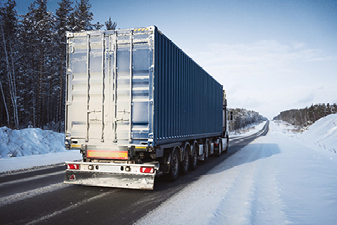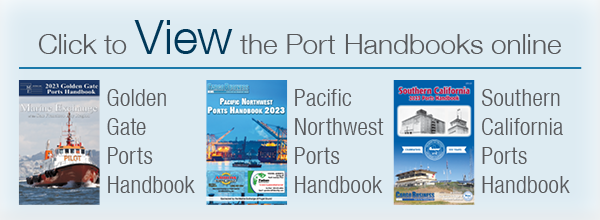|
By Dean Croke, DAT Solutions
Last month's deep freeze across the Midwest and South is likely to be the most expensive winter storm on record and rival the $125 billion in damage caused by Hurricane Harvey in 2017. With more than 70% of the country covered in snow, the weather had as much impact on spot rate movement during the third week of February as we saw during the entire four-month Polar Vortex event in 2014.
In many ways, the winter storm that wreaked havoc on Texas and other southern states was like a hurricane.
Predictably, adhering to forecasts, logistics managers started to reposition inventory away from where the cold weather was expected to hit. Capacity tightened rapidly as shippers used freight brokers to find available trucks, as contracted carriers struggled to fulfill committed capacity.
During the storm, freight movement in the region slowed as people hunkered down and travel was restricted. And then, after the storm, trucks start bringing freight into affected areas.
The difference between this winter weather event and a hurricane is that Texas and other states aren't used to dealing with winter storms. Adding to the compromised power and water infrastructure, the state lacked snow removal and road-treating equipment and the result was icy interstates, closed highways, and out-of-service truck stops.
The impact on spot markets was significant. Dry van spot rates increased 19 cents during the third week of February to $2.24 a mile excluding fuel surcharges. Gains were higher in the temperature-controlled sector, where reefers were in demand to keep traditional dry freight from freezing. Reefer spot rates jumped 22 cents to $2.55 a mile.
During the final week of February, rates stretched even higher, setting records as seven-day national averages at $2.33 a mile for vans, $2.58 for reefers exclusing fuel.
One important similarity between this and other big weather events is federal approval of a major disaster declaration. In a declared emergency, the federal government can coordinate with state, local
|

and tribal governments to address the needs of individuals and public infrastructure, including funds for trucking and logistics administered through the U.S. Federal Emergency Management Agency (FEMA).
Load boards are equipped to specifically help brokers and carriers connect and move FEMA loads and emergency freight, including generators, winterized diesel fuel, water, meals and other emergency supplies.
Brokers and carriers can also learn about immediate needs at American Logistics Aid Network (ALAN). ALAN is an all-volunteer non-profit organization that helps disaster relief and recovery groups locate and move goods to communities in need. Among its resources: a web portal where businesses can post available resources and aid organizations can post their needs. Check out ALAN's latest map of logistics needs: alanaid.org/logistics-map
ALAN loads won't necessarily be FEMA freight but they could still be emergency relief for people who need help.
If you're a motor carrier or logistics company and want to handle FEMA loads, note that the agency procures its transportation needs through the General Services Administration (GSA). Follow this link—moveit.gsa.gov—for details about the GSA's Transportation Management Services Solution (TMSS).
Dean Croke is the principal industry analyst at DAT Freight & Analytics, which operates in the industry's largest load board for spot truckload freight, and a data analytics program based on $126 billion in annual spot and contract freight transactions. For information, visit dat.com.
|


